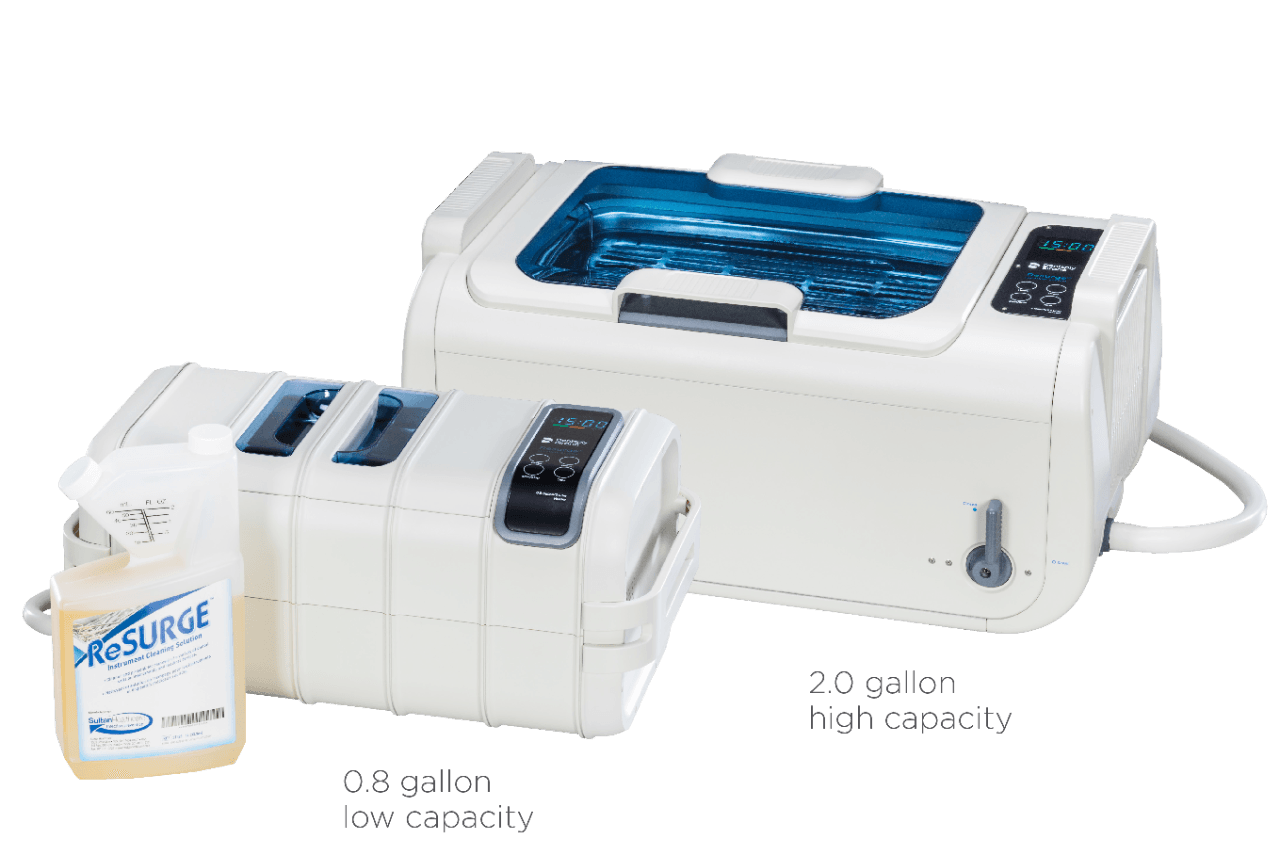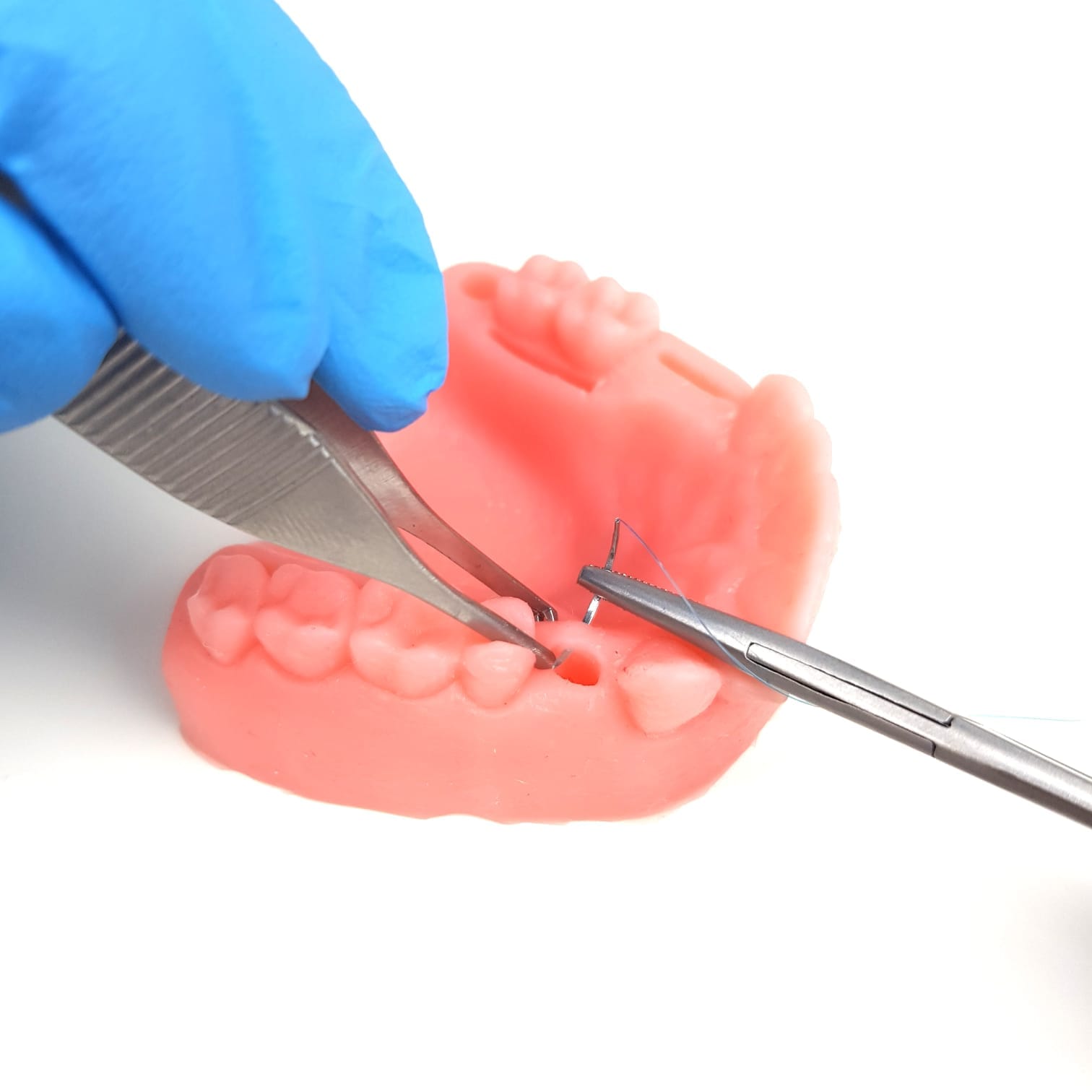In today’s fast-paced dental environment, maintaining impeccable instrument hygiene is not just a best practice—it’s essential for patient safety and care quality. Enter dental ultrasonic cleaners, a groundbreaking technology that has transformed how dental practices approach sterilization. These sophisticated devices utilize high-frequency sound waves to deliver a level of cleanliness that far exceeds traditional manual cleaning methods. By embracing ultrasonic cleaning, dental professionals can significantly enhance their infection control protocols and operational efficiency.
How Dental Ultrasonic Cleaners Work
The Science Behind Ultrasonic Cleaning
At the core of ultrasonic cleaning lies the principle of cavitation. When activated, an ultrasonic cleaner generates high-frequency sound waves, typically between 20 to 400 kHz. This process creates rapid pressure changes in the cleaning solution, resulting in millions of microscopic bubbles. As these bubbles collapse, they release substantial energy in the form of heat and pressure, producing a powerful scrubbing action that penetrates even the tiniest crevices of dental instruments.
Key contaminants effectively removed include:
- Biofilms and bacteria
- Blood and saliva residues
- Dental cement and composite materials
- Fine debris and particulate matter
Benefits of Ultrasonic Cleaning in Dentistry
Adopting ultrasonic cleaning in dental practices offers numerous advantages:
- Superior Cleaning Efficacy: Reaches areas that are difficult to clean manually, such as joints and internal surfaces.
- Time Efficiency: Reduces processing time for instruments, allowing staff to focus on other critical tasks.
- Consistency: Ensures a uniform level of cleanliness for every instrument.
- Instrument Preservation: Gentle cleaning action extends the lifespan of valuable dental tools.
- Enhanced Safety: Minimizes manual handling of contaminated instruments, reducing the risk of sharps injuries.
- Improved Infection Control: Provides optimal preparation for subsequent disinfection or sterilization processes.
Choosing the Right Dental Ultrasonic Cleaner
Selecting the right ultrasonic cleaner is crucial for achieving optimal instrument hygiene. Consider these factors:
Key Features to Evaluate
- Frequency: Higher frequencies (35-45 kHz) are generally more effective for dental instruments.
- Degassing Capability: Removes dissolved gases from the cleaning solution to enhance cavitation efficiency.
- Heating Element: Temperature control can improve cleaning effectiveness for specific contaminants.
- Sweep Frequency: Modulates ultrasonic frequency for uniform cleaning throughout the tank.
Size and Capacity
The size of your ultrasonic cleaner should align with your practice’s volume and instrument types:
- Daily instrument processing needs
- Size of your largest instruments
- Available counter space in your sterilization area
Proper Use of Dental Ultrasonic Cleaners
Step-by-Step Guide
- Preparation: Fill the cleaner with the appropriate solution according to manufacturer instructions.
- Pre-rinse Instruments: Rinse under running water to remove gross debris.
- Loading the Cleaner: Place instruments in a perforated basket or cassette, ensuring full submersion without overcrowding.
- Setting the Cycle: Select cycle time and temperature based on instrument type—typically 5 to 15 minutes.
- Running the Cycle: Close the lid and start the cycle; avoid opening during operation.
- Post-cleaning Rinse: Remove instruments and rinse thoroughly with clean water.
- Inspection and Drying: Visually inspect for cleanliness and dry thoroughly before sterilization.
Best Practices for Optimal Results
- Use only cleaning solutions designed specifically for ultrasonic cleaners.
- Change solutions regularly—daily or more frequently if visibly soiled.
- Avoid mixing different metals in one cycle to prevent galvanic corrosion.
Maintenance and Care of Ultrasonic Cleaners
Proper maintenance is vital for consistent performance:
- Daily Cleaning: Drain and clean the tank thoroughly at day’s end.
- Regular Descaling: Follow manufacturer recommendations to remove mineral deposits.
- Transducer Inspection: Periodically check transducers for wear or damage.
Limitations of Ultrasonic Cleaning
While effective, it’s important to recognize certain limitations:
- Not a substitute for sterilization; it precedes this process.
- Some materials may not be suitable for ultrasonic cleaning (e.g., certain plastics).
- Extremely delicate instruments may require alternative methods.
Combining Ultrasonic Cleaning with Other Sterilization Methods
For comprehensive instrument hygiene, integrate ultrasonic cleaning into a multi-step reprocessing protocol:
- Pre-cleaning (manual rinsing)
- Ultrasonic cleaning
- Rinsing (to remove residues)
- Inspection (visual check)
- Packaging (for sterilization)
- Sterilization (using autoclave)
- Storage (to maintain sterility)
This integrated approach ensures thorough cleaning, sterilization, and readiness for safe patient use.
Latest Advancements in Dental Ultrasonic Cleaning Technology
The field continues to evolve with exciting advancements:
- Multi-frequency Technology: New models operate at multiple frequencies for versatile cleaning.
- Intelligent Sensors: Automatically adjust parameters based on contamination levels.
- IoT Integration: Remote monitoring capabilities provide data on cycles and maintenance needs.
Regulatory Compliance and Safety Considerations
Adhering to regulatory standards is crucial:
- Ensure compliance with FDA guidelines for medical device reprocessing.
- Familiarize yourself with ISO standards relevant to washer-disinfectors.
Safety Considerations Include:
- Proper training for staff using ultrasonic cleaners.
- Use appropriate personal protective equipment (PPE).
- Maintain proper ventilation in usage areas.
Cost-Benefit Analysis of Implementing Ultrasonic Cleaning
Investing in an ultrasonic cleaner requires careful consideration:
Costs Include:
- Initial purchase price
- Installation and setup
- Ongoing expenses for solutions and maintenance
Benefits Include:
- Reduced labor costs due to increased efficiency
- Extended lifespan of instruments
- Improved infection control reducing liability risks
- Enhanced patient confidence in hygiene standards
Conduct a thorough cost-benefit analysis over five years, factoring in total ownership costs, time savings, potential savings from reduced wear, and intangible benefits like improved reputation.
Conclusion
Dental ultrasonic cleaners represent a significant leap forward in instrument hygiene practices. Their ability to deliver thorough, consistent, and efficient cleaning makes them invaluable assets in modern dental practices. By investing in this technology, dental professionals not only enhance their operational processes but also prioritize patient health and safety while ensuring their practice thrives amidst evolving industry standards. Embrace innovation—your patients deserve it!














